Seoksong Garden (석송가든)
7.1 Km 58 2021-03-30
539-23, Jebiwon-ro, Andong-si, Gyeongsangbuk-do
+82-54-841-7000
A place with group seats and individual rooms, it is a restaurant well-known for its steamed carp with spicy sauce and bean sprouts. This Korean dishes restaurant is located in Andong-si, Gyeongsangbuk-do. The representative menu is braised carp.
Dongseongnu (동성루)
7.3 Km 66 2021-03-24
6-2, Hwangtomaeul, 1-gil, Andong-si, Gyeongsangbuk-do
+82-54-852-1254
A place where you can enjoy a variety of Chinese dishes. This restaurant's signature menu is noodles in nlack nean sauce. This Chinese (cuisine) restaurant is located in Andong-si, Gyeongsangbuk-do.
Jebiwon Garden (제비원가든)
7.7 Km 17 2021-03-24
649-2, Jebiwon-ro, Andong-si, Gyeongsangbuk-do
+82-54-855-5455
It is a place where you can enjoy various kinds of good Korean soup. This Korean dishes restaurant is located in Andong-si, Gyeongsangbuk-do. The representative menu is short rib soup.
Rock-carved Standing Buddha in Icheon-dong, Andong (안동 이천동 마애여래입상)
8.0 Km 19309 2020-04-03
Icheon-dong, Andong-si, Gyeongsangbuk-do
+82-54-840-5225
Maaekseobulsang (Rock-carved Standing Buddha) in Icheon-dong, Andong is also referred to as Jebiwon Statue due to the small temple of the same name nearby. This statue is unique as the head and the body are not carved from the same rock. The head was carved from a different rock then placed over a large rock relief of the Buddha's body. This type of technique is frequently found in those built during the Goryeo dynasty. The distinct features and carving methods that can be observed from this particular statue are speculated to be from the 11th century. Although there is a small amount of damage on the back of the head, the statue is well-preserved overall.
Ongcheon 21segi Jjinppang (옹천21세기찐빵)
8.7 Km 51 2021-03-24
959-7, Gyeongbuk-daero, Andong-si, Gyeongsangbuk-do
+82-54-859-7058
This is a place where you can enjoy unique steamed bread at an affordable price. This restaurant's signature menu is steamed bun with red bean filling. This Korean dishes restaurant is located in Andong-si, Gyeongsangbuk-do.
Mancho Gotaek [Korea Quality]만초고택[한국관광 품질인증]
9.6 Km 3 2023-10-30
48, Geumsojungang-gil, Andong-si, Gyeongsangbuk-do
+82-10-5191-3697, +82-10-3057-2223
The 150-year old Mancho Gotaek (Old House) in Imha-myeon, Andong, Gyeongsangbuk-do, was the home of Mancho Im Dong-han, a Joseon courtier at the court of King Gojong, and is an Andong cultural heritage asset. With a mountain behind and a stream flowing in front of it, this was a perfect spot for a house according to Korean pungsu (feng shui). Guestrooms comprise a sarangbang, small room, larger room, and loft room, all ondol-heated. Nearby must-visit places include the Geumso Ecological Park and Andongpo Village where Andong hemp is made.
Waryong Gisa Sikdang(와룡기사식당)
9.9 Km 45 2020-11-26
8 Taerigeumsan-ro Andong-si Gyeongsangbuk-do
+82-54-854-8980
It is a Korean restaurant with 20 years’ tradition. This Korean dishes restaurant is located in Andong-si, Gyeongsangbuk-do. The most famous menu is braised chicken.
Oryuheon House [Korea Quality] / 오류헌 [한국관광 품질인증/Korea Quality]
9.9 Km 5 2021-04-01
18-15, Gireumaje-gil, Andong-si, Gyeongsangbuk-do
Oryuheon House, located near Imhaho Lake in Andong, Gyeongsangbuk-do, offers a chance to stay in a historic house from the Joseon period. The house, also known as Mogwa House, was built by Kim Won-jung, the third son of Sukjong-era rector of the National Academy Kim Bang-geol, when he formed a family of his own in 1678. It was designated as the National Folk Cultural Heritage No. 184. The door’s wooden frame and the open floor space exemplify the beauty of the literati house of the Joseon period, while the sarangchae (men’s quarters) and daemunchae (gate quarters) showcase the sophisticated architecture of the era. Anchae (women’s quarters) retains its original appearance, while the sarangchae was rebuilt in 1920. The construction of the Imha Dam in 1990 resulted in the house’s relocation to its present location.
The owner of the house resides in anchae and sarangchae. Guests have access to a space that includes a 2-kan room, which can accommodate up to 4, an open floor space, and a bathroom. Cooking is prohibited in the house, but guests can make use of a grill located on a small yard reserved for the guests. Korean-style breakfast, including menus like chicken porridge or lotus leaf rice, are offered free of charge in the morning. Nearby sights include the water sports activities in Imhaho Lake, Manhyujeong Pavilion, Hahoe Village, and Dosanseowon Confucian Academy.
Uiseong Gounsa Temple (고운사 (의성))
10.4 Km 8840 2019-11-26
415, Gounsa-gil, Uiseong-gun, Gyeongsangbuk-do
+82-54-833-2324
Gounsa Temple lies on Deungunsan Mountain in Uiseong, Gyeongsangbuk-do, and was built by Monk Uisang in 681 during the reign of King Sinmun of the Silla Kingdom. Although the pronunciation of the name was never changed, its meaning slightly changed from “High Cloud Temple” to “Solitary Cloud Temple” after Choi Chi-won, a renowned scholar in the late Silla Period, helped to build two pavilions (Gaunru and Uhwaru) and renamed it. It is Branch Temple No.16 of the Korean Buddhist order, Jogyejong, and manages temples in Uiseong, Andong, Yeongju, Bonghwa, and Yeongyang.
Befitting its meaning, the temple is surrounded by outstanding scenery on Deungunsan Mountain, meaning “Riding on the Clouds.” Quite isolated from villages, the temple is a very quiet, serene place.
Gounsa Temple is home to one of the most cherished pieces of architecture, Gaunru Pavilion (“Floating over the Clouds”). This elegant pavilion is propped up by wooden columns, which are, in turn, supported by foundation stones. It looks as if the pavilion placed its feet in the water while standing.
Among the many buildings comprising the temple complex, Yeonsujeon Hall is a unique building that was built to store Eocheop (the genealogical record of royal families) in 1774 (20th year of King Yeongjo). As a royal building, it shows the Confucian architectural style, different from other Buddhist buildings within the temple.
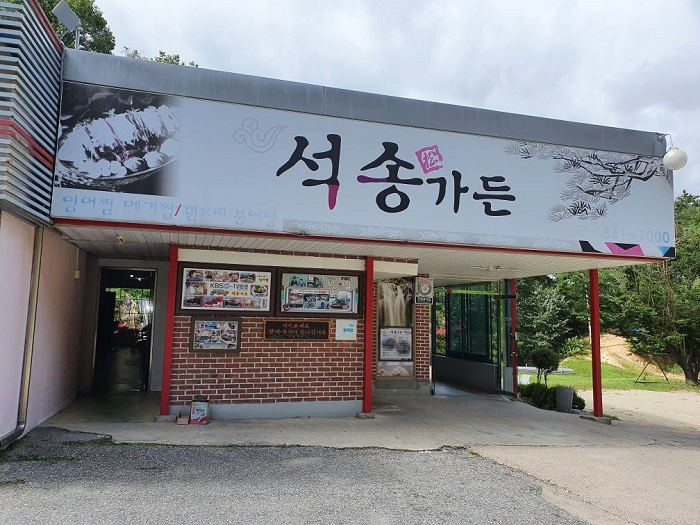
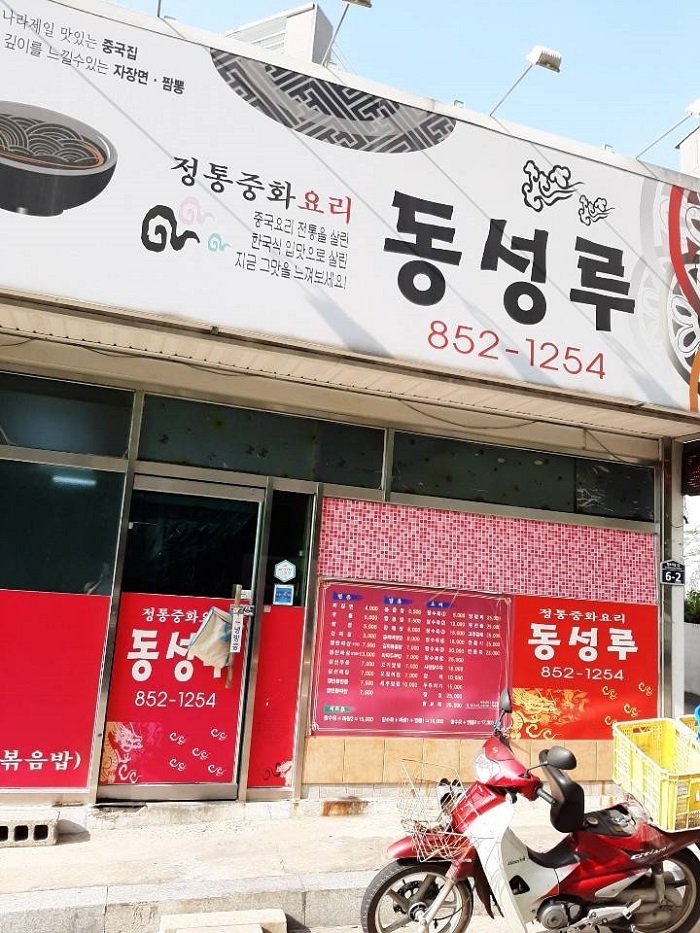
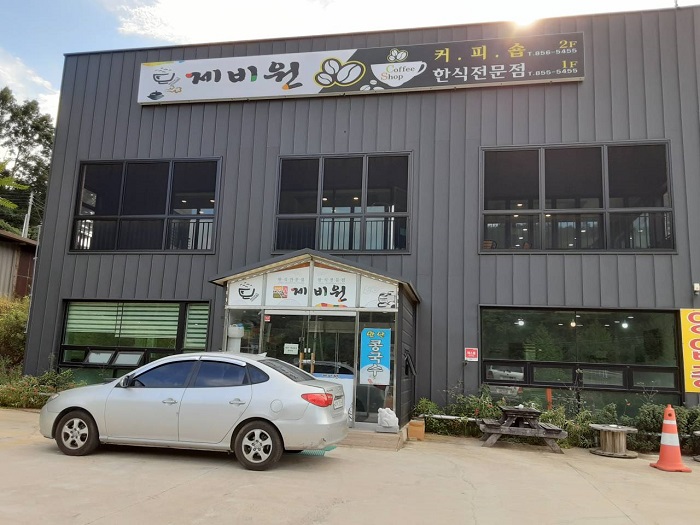
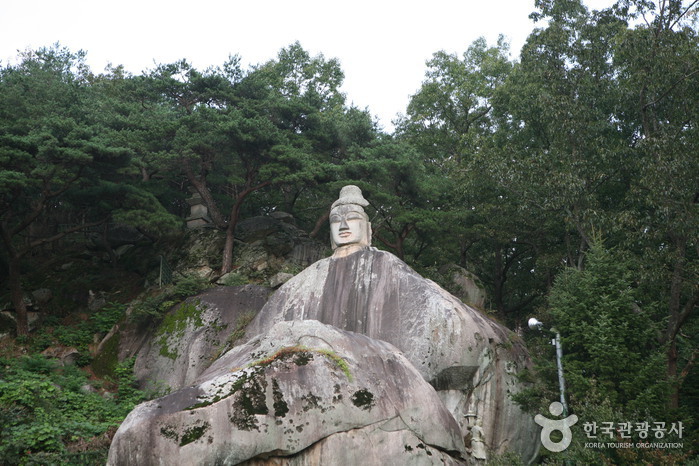
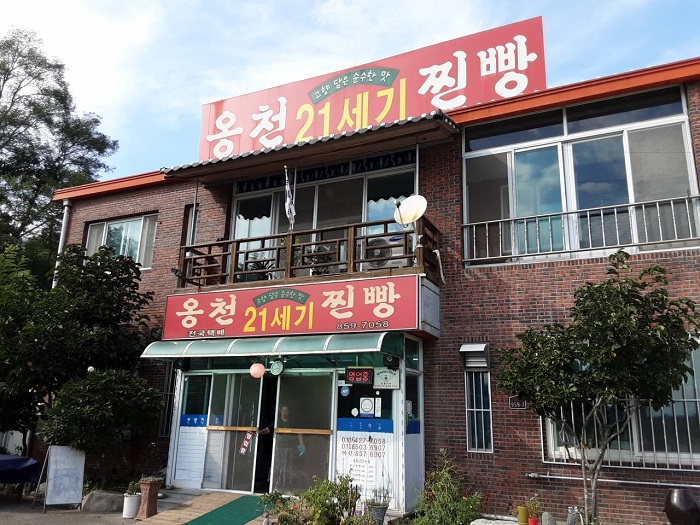
![Mancho Gotaek [Korea Quality]만초고택[한국관광 품질인증]](http://tong.visitkorea.or.kr/cms/resource/05/3022005_image2_1.jpg)
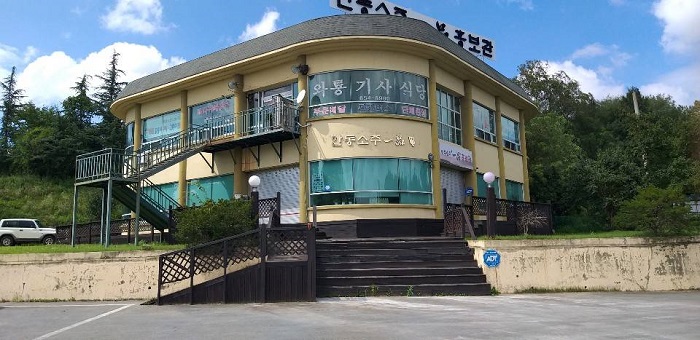
![Oryuheon House [Korea Quality] / 오류헌 [한국관광 품질인증/Korea Quality]](http://tong.visitkorea.or.kr/cms/resource/29/2706129_image2_1.jpg)
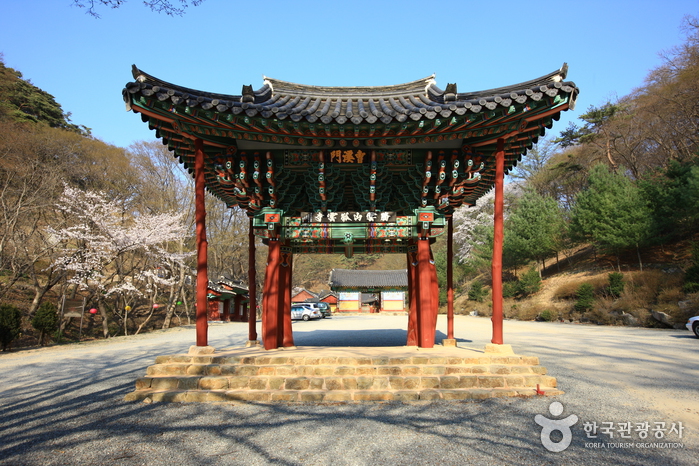
 English
English
 한국어
한국어 日本語
日本語 中文(简体)
中文(简体) Deutsch
Deutsch Français
Français Español
Español Русский
Русский